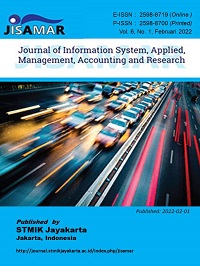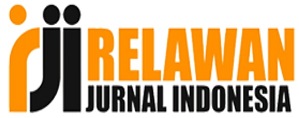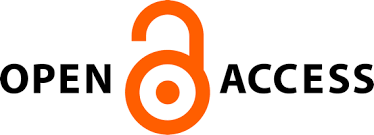An Application design thinking in the internal quality audit system
Abstract
Referring to Permenristekdikti No 62 of 2016, that every university must have an Internal Quality Assurance Standard (SPMI) policy and the implementation of an autonomous (independent) Internal Quality Assurance System. The quality of education with the process of building the culture required by higher education institutions, either through consistent implementation of the document, requires a standard on the guidelines for managing SPMI documents. This study aims to design a Higher Education Internal Quality Audit system using the Design Thinking method in computer science at Esa Unggul University. So that the results of this study can make a concrete contribution to information technology to assist the implementation of SPMI Internal Quality Audits which are carried out regularly. systemically and sustainably through PPEPP Standards of Higher Education.
Downloads
References
[2] C. Dowling, “Appropriate audit support system use: The influence of auditor, audit team and firm factors,” Account. Rev., vol. 84, no. 3, pp. 771–810, 2009.
[3] G. Trompeter and A. Wright, “The world has changed - Have analytical procedure practices?,” Contemp. Account. Res., vol. 27, no. 2, pp. 669–700, 2010.
[4] D. J. Lowe, “An Investigation of Factors Influencing the Use of Computer-Related,” vol. 23, no. 1, pp. 97–118, 2009.
[5] S. H. S.W. Ryu, J.C. Lee, E. Kim, “Effect of total audit hour and internal quality assurance hour on audit quality (discretionary accruals),” Korean Account. Rev., vol. 4, no. 40, pp. 213–246, 2015.
[6] Y. G. J. Bedard, “Strengthening the financial reporting system: Can audit committees deliver?,” Int. J. Audit, vol. 2, no. 14, pp. 174–210, 2010.
[7] J. H. Choi, S. Choi, C. E. Hogan, and J. Lee, “The effect of human resource investment in internal control on the disclosure of internal control weaknesses,” Auditing, vol. 32, no. 4, pp. 169–199, 2013.
[8] Z. K. S. Goldman, “Taking design thinking to school: How the technology of design can transform teachers, learners, and classrooms,” Taylor Fr., 2017.
[9] B. Zupan, F. Cankar, and S. Setnikar Cankar, “The development of an entrepreneurial mindset in primary education,” Eur. J. Educ., vol. 53, no. 3, pp. 427–439, 2018.
[10] P. Leonardi, “When does technology use enable network change in organizations? A comparative study of feature use and shared affordances,” MIS Q., vol. 3, no. 37, pp. 749–775, 2013.
[11] J. Vechakul, B. P. Shrimali, and J. S. Sandhu, “Human-Centered Design as an Approach for Place-Based Innovation in Public Health: A Case Study from Oakland, California,” Matern. Child Health J., vol. 19, no. 12, pp. 2552–2559, 2015.
[12] F. W. B. Iii and S. Moukhliss, “Context and Implications Document for : Concretising Design Thinking : A Content Analysis of Systematic and Extended Literature Reviews on Design Thinking and Human-Centred Design,” vol. 8, no. 1, pp. 334–339, 2020.
[13] E. Chiou, V. Venkatraman, K. Larson, Y. Li, M. Gibson, and J. D. Lee, “Contextual design of a motivated medication management device,” Ergon. Des., vol. 22, no. 1, pp. 8–15, 2014.
[14] V. D. K. Slegers, “The Impact of Paper Prototyping on card Sorting: A Case Study,” Interact. Comput., vol. 5, no. 24, pp. 351–357, 2012.
[15] T. B. dos Santos, C. Campese, R. M. Marcacini, R. A. Sinoara, S. O. Rezende, and J. Mascarenhas, “Prototyping for user involvement activities: How to achieve major benefits,” CIRP Journal of Manufacturing Science and Technology, vol. 33. pp. 465–472, 2021.
[16] Jonathan Arnowitz, Michael Arent, and Nevin Berger, “an Overview of What a Wireframe Prototype Looks Like Different Goals of Wireframes Who Participates in the Wireframe Creation Process Step-By-Step Guide Leaving Wireframes: the Next Iteration References,” 2007, pp. 272–292.
[17] J. Brooke, “SUS : A Retrospective,” J. Usability Study, vol. 8, no. 2, pp. 29–40, 2020.

This work is licensed under a Creative Commons Attribution 4.0 International License.








_uk501.png)

.2022-2026_uk200_pxl_.jpg)















.png)
3.png)


